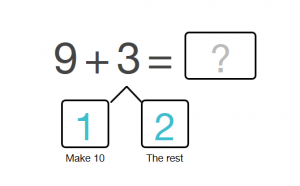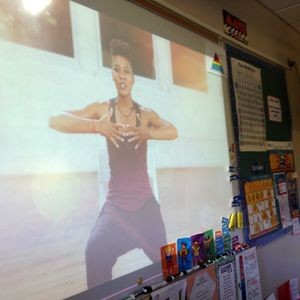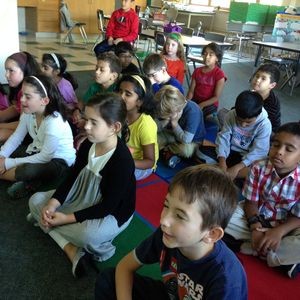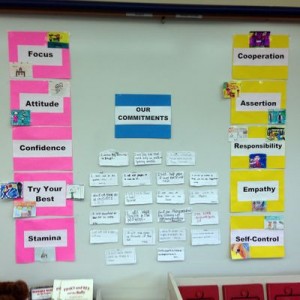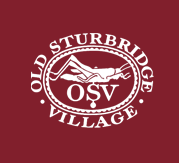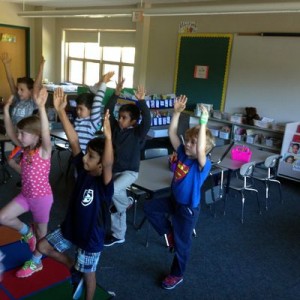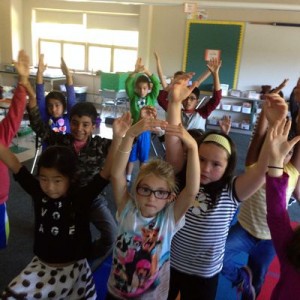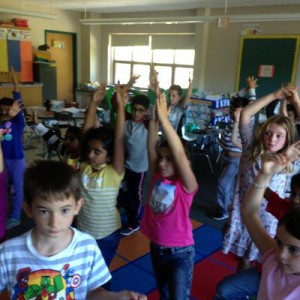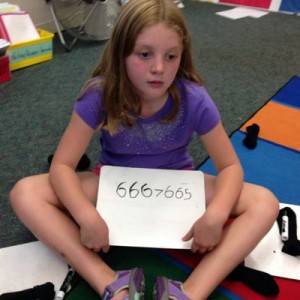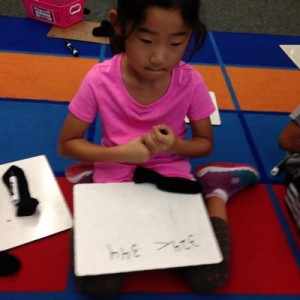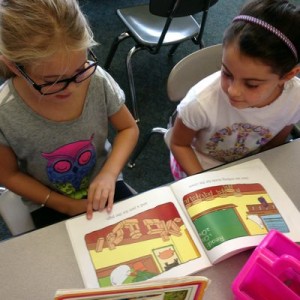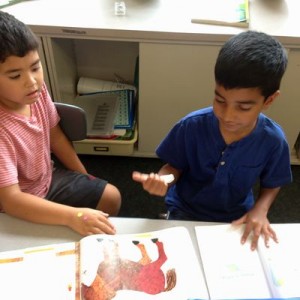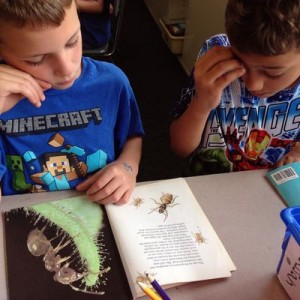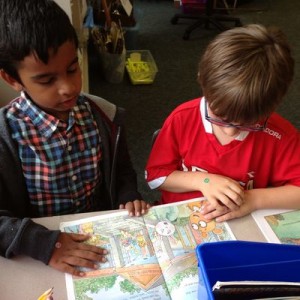Posted by kavery508 | Posted in Uncategorized | Posted on October 26, 2015
 Fall Festival is arriving! To get in the spirit, all are invited to wear country/western gear to school that day. Reminder: no weapons, makeup that needs applying here, or clothing that needs to be changed into/out of at school. On the other hand, plaid, denim, boots, hats, vests, bandanas–they’re A-OK!
Fall Festival is arriving! To get in the spirit, all are invited to wear country/western gear to school that day. Reminder: no weapons, makeup that needs applying here, or clothing that needs to be changed into/out of at school. On the other hand, plaid, denim, boots, hats, vests, bandanas–they’re A-OK!
After a morning of crafts, stories, and songs, we’ll be treated to a performance by local artists Chuck and Mud and Peter Allard in the afternoon! We’ll also be treated to a viewing of scarecrows made by several classrooms at school (I didn’t receive donations for us to make one, but no worries–our day will be plenty ‘fun-filled’!).
 At math time this week, students will be learning the fine points of regrouping when subtracting, across the tens and hundreds (think 213 – 156). They will be working with base ten blocks to model the process and show understanding. They will be showing it another way by drawing base ten pictures (squares for hundreds, etc., like on homework). And they will finally learn to “cross out” the number in the tens and hundreds place to regroup–what we used to call “borrowing”. The difference between how we learned it years ago and how it’s taught today is that we’re making sure students have a real sense of the numbers involved and what the process of regrouping is really all about. In your homework packet in the center I have included a step by step picture guide so you can help your child at home if they need it. Whether they do or not, it’s always wise to ask them questions: How many hundreds/tens/ones are in that number? Will you need to regroup? How do you know? Does your answer make sense? Could you prove it another way?
At math time this week, students will be learning the fine points of regrouping when subtracting, across the tens and hundreds (think 213 – 156). They will be working with base ten blocks to model the process and show understanding. They will be showing it another way by drawing base ten pictures (squares for hundreds, etc., like on homework). And they will finally learn to “cross out” the number in the tens and hundreds place to regroup–what we used to call “borrowing”. The difference between how we learned it years ago and how it’s taught today is that we’re making sure students have a real sense of the numbers involved and what the process of regrouping is really all about. In your homework packet in the center I have included a step by step picture guide so you can help your child at home if they need it. Whether they do or not, it’s always wise to ask them questions: How many hundreds/tens/ones are in that number? Will you need to regroup? How do you know? Does your answer make sense? Could you prove it another way?
Students will also be taught to use addition to check subtraction. This means to do the operation in reverse. For example, to check that 213-156=57, students must add 57 + 156 and do the math (e.g. not simply write 57 + 156 = 213). Since addition is always easier for us humans than subtraction, this is an effective means of checking accuracy. On the homework, it asks students to “Show how to check your work with addition.” They should be showing their regrouping as they did all through chapter 2.
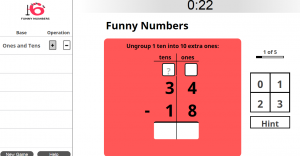 A great way to practice regrouping in the 10s and 1s is to play Funny Numbers at Greg Tang Math (choose “Base 10” and the operation “-“). Notice in the example above: you can regroup by taking 1 ten away from 3 tens and moving it into the 1s column. 3 tens and 4 ones is the same as 2 tens and 14 ones. Now the problem is easier understood and we’re not just crossing out the “3” and making it a “2”–which is too abstract a concept for most young kids to hold in their heads.
A great way to practice regrouping in the 10s and 1s is to play Funny Numbers at Greg Tang Math (choose “Base 10” and the operation “-“). Notice in the example above: you can regroup by taking 1 ten away from 3 tens and moving it into the 1s column. 3 tens and 4 ones is the same as 2 tens and 14 ones. Now the problem is easier understood and we’re not just crossing out the “3” and making it a “2”–which is too abstract a concept for most young kids to hold in their heads.
And speaking of Greg Tang Math, once per season the website offers a chance to win one of his books by playing math games using a game board. Kids complete the game board by playing the games required, then return it in 2 weeks. I’ll enter all kids’ names in the drawing for the book, and every kid gets a certificate of accomplishment who returns the completed game board. Of course this is completely optional, and you may want to use it instead of the “Optional Challenge” pages in the math homework folder.
 Our CAFE reading focus this week is on Fluency. Fluent reading means that the rate of reading aloud matches a person’s speaking or storytelling rate; that the reader uses long phrases instead of choppy short ones or word-by-word; and that key words in the sentence are accented. Think about this example: When an octopus loses an arm or leg, it can grow another one. Fluent readers (like you) would read to the comma, probably take a breath, and continue until reaching the period. This shows you know how to sound out, decode words, and anticipate the words coming up. In addition, you would accent the words octopus, arm or leg, and another. This shows you understand what you’re reading and what the author’s important points were. It’s because it encompasses so many fine points of reading, that students are graded on fluency at report card time. For more info, see Reading Rockets–a great source for everything reading!
Our CAFE reading focus this week is on Fluency. Fluent reading means that the rate of reading aloud matches a person’s speaking or storytelling rate; that the reader uses long phrases instead of choppy short ones or word-by-word; and that key words in the sentence are accented. Think about this example: When an octopus loses an arm or leg, it can grow another one. Fluent readers (like you) would read to the comma, probably take a breath, and continue until reaching the period. This shows you know how to sound out, decode words, and anticipate the words coming up. In addition, you would accent the words octopus, arm or leg, and another. This shows you understand what you’re reading and what the author’s important points were. It’s because it encompasses so many fine points of reading, that students are graded on fluency at report card time. For more info, see Reading Rockets–a great source for everything reading!
 Students are being taught the ins-and-outs of Informative Writing. This genre of writing requires students to organize statements of fact around a main idea, to give examples to evidence their thinking, and to present their argument logically in order. As before, targeted writing lessons will be given to students to improve clarity; run on sentences; upper/lowercases; punctuation; and editing.
Students are being taught the ins-and-outs of Informative Writing. This genre of writing requires students to organize statements of fact around a main idea, to give examples to evidence their thinking, and to present their argument logically in order. As before, targeted writing lessons will be given to students to improve clarity; run on sentences; upper/lowercases; punctuation; and editing.
 In Social Studies, students are learning the big ideas about maps, namely: maps show places; and maps use pictures, a compass rose, orientation, scale, labels, and symbols. We will build a 3-d model of our classroom to investigate orientation, scale, and a sense of space. Then we’ll move to the representational stage and create maps of our room and playground using photographs. There are lots of online learning games to help teach and practice these skills, like this one at National Geographic. In addition, we use Google Earth (requires download) all the time to match places relevant in our learning to our actual geographic location. I highly recommend it!
In Social Studies, students are learning the big ideas about maps, namely: maps show places; and maps use pictures, a compass rose, orientation, scale, labels, and symbols. We will build a 3-d model of our classroom to investigate orientation, scale, and a sense of space. Then we’ll move to the representational stage and create maps of our room and playground using photographs. There are lots of online learning games to help teach and practice these skills, like this one at National Geographic. In addition, we use Google Earth (requires download) all the time to match places relevant in our learning to our actual geographic location. I highly recommend it!
 Our science work this week centers around habitats. After learning what living creatures need for survival, we turn our focus to frogs and what things specifically are needed for their habitats (quiet water, protection from predators, food supply, etc.). Here’s a perennial favorite to help us learn about habitats at Floral St.!
Our science work this week centers around habitats. After learning what living creatures need for survival, we turn our focus to frogs and what things specifically are needed for their habitats (quiet water, protection from predators, food supply, etc.). Here’s a perennial favorite to help us learn about habitats at Floral St.!
Source: VickyDTM via Youtube.com


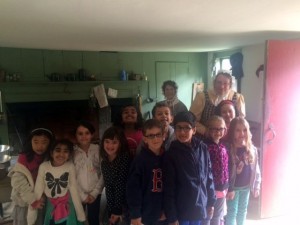


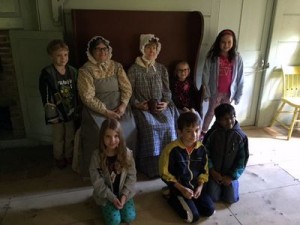
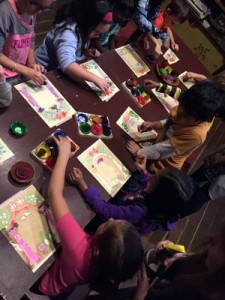
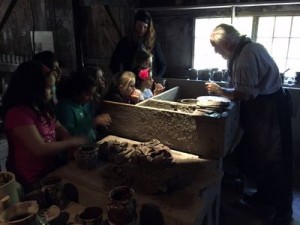
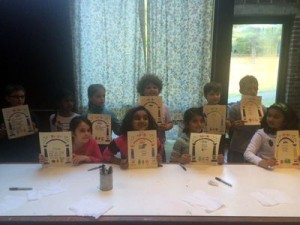
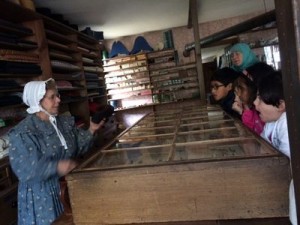

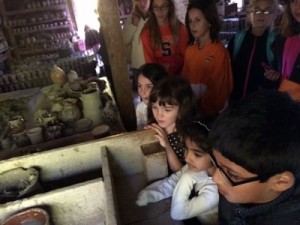
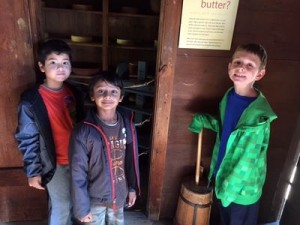
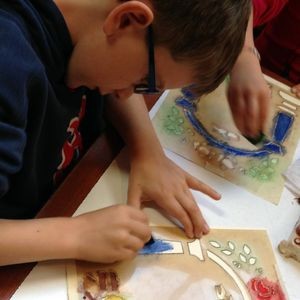
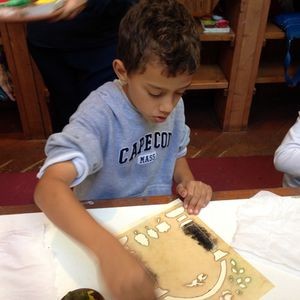
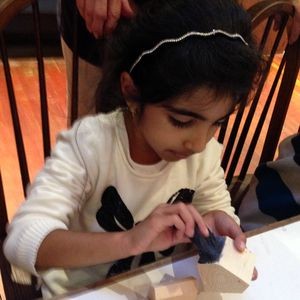
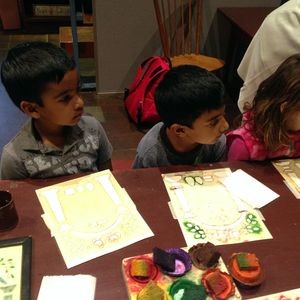
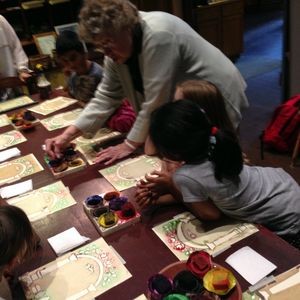

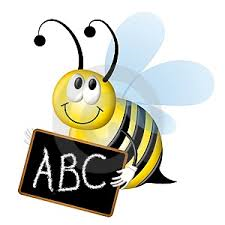 Note: because of the short week, sandwiched between holiday and field trip, there will be no spelling homework/quiz this week.
Note: because of the short week, sandwiched between holiday and field trip, there will be no spelling homework/quiz this week.
